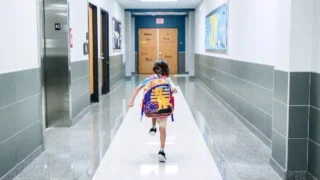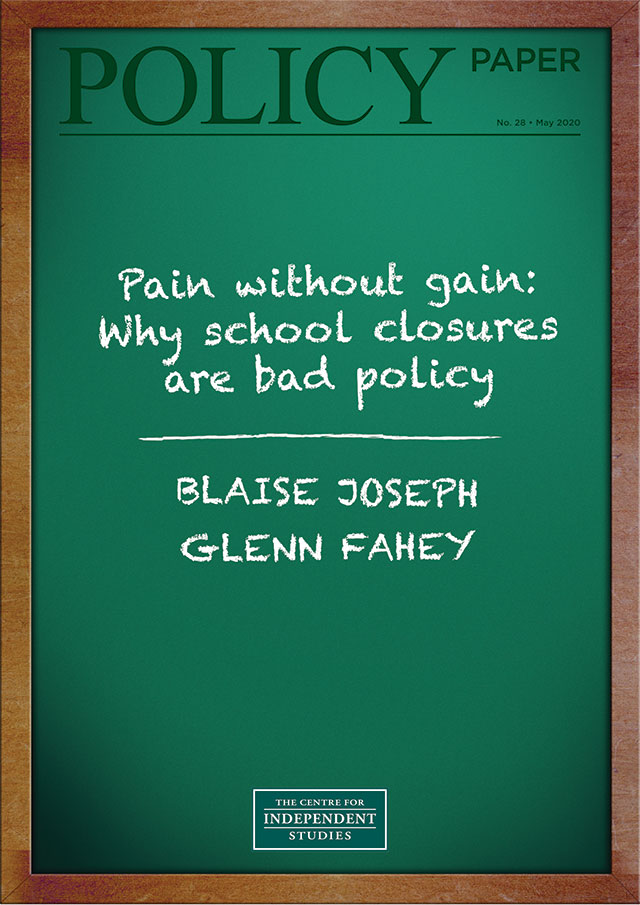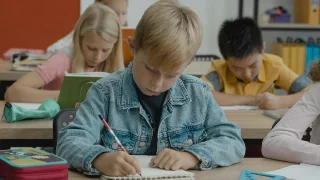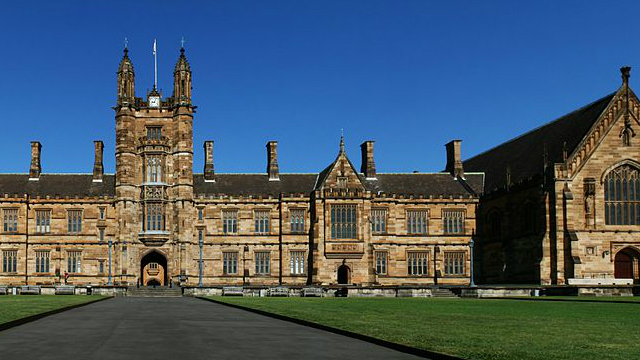
The decision by state and territory governments to strongly advise parents to keep their children at home and essentially close schools went against the health, economic, and educational evidence. There was little health benefit, while there were substantial economic and educational costs.
Victoria, Tasmania, the ACT, New South Wales, and Queensland are in a group with the longest government school closures, ranging from 6 to 9 weeks. South Australia, Western Australia, and the Northern Territory are in a group with much shorter closures, ranging between only 1 and 2 weeks.
The negative educational impact is larger for students from disadvantaged social backgrounds. In Victoria, Tasmania, the ACT, and New South Wales disadvantaged students face between 2 and 3 weeks of lost learning in numeracy and between 1 and 2 weeks of lost learning in reading. In Queensland, disadvantaged students face around 2 weeks of lost learning in numeracy and 1 week of lost learning in reading. In South Australia, Western Australia, and the Northern Territory disadvantaged students are likely to be only marginally affected.
Digital education is beneficial only as a supplement to normal face-to-face teaching, so students learning entirely from home are unlikely to experience the benefits.
The learning lost due to Australian school closures is not irretrievable, but it does require state and territory governments to help students who have fallen behind catch up with their peers.










